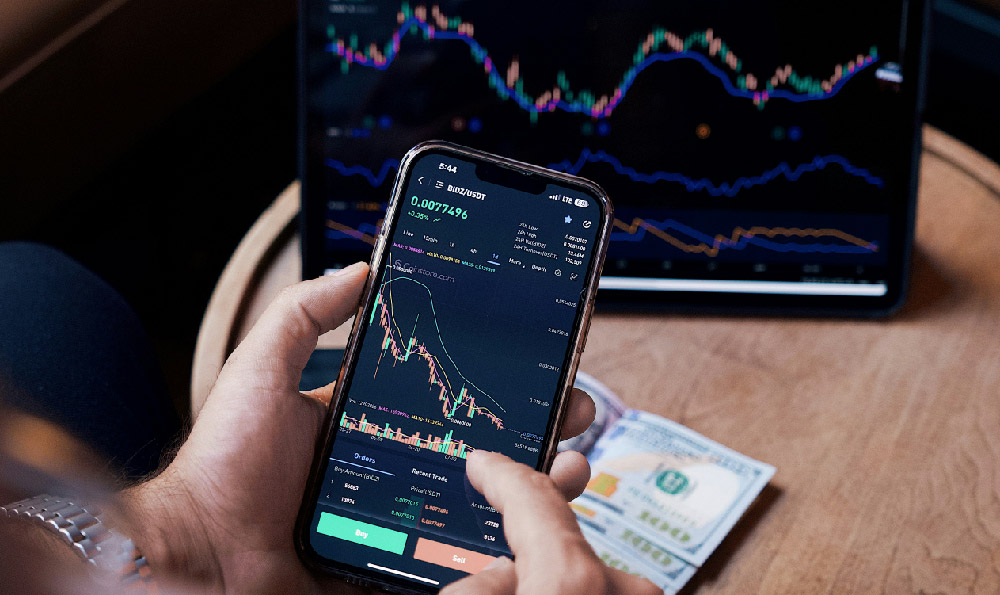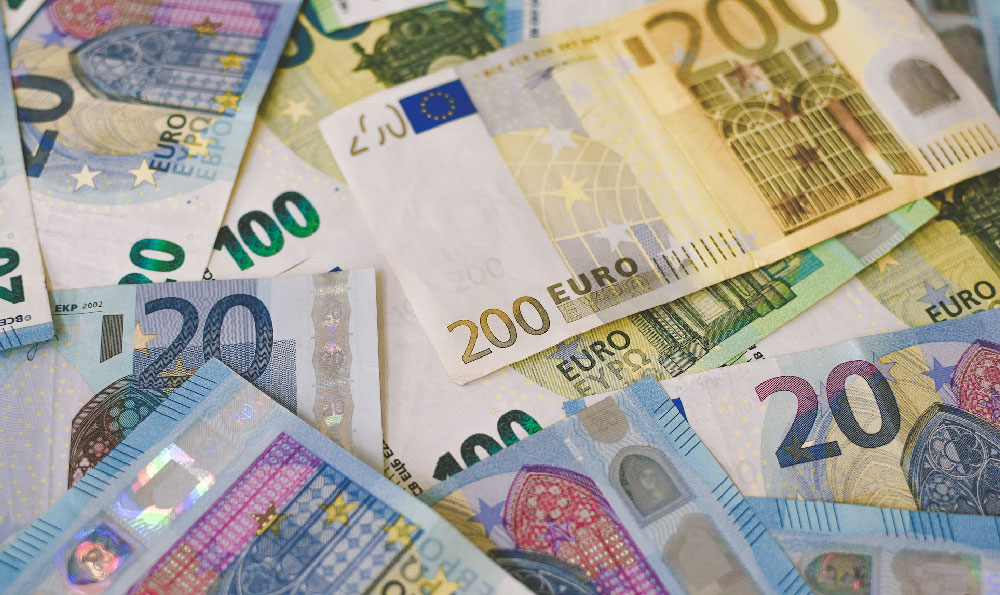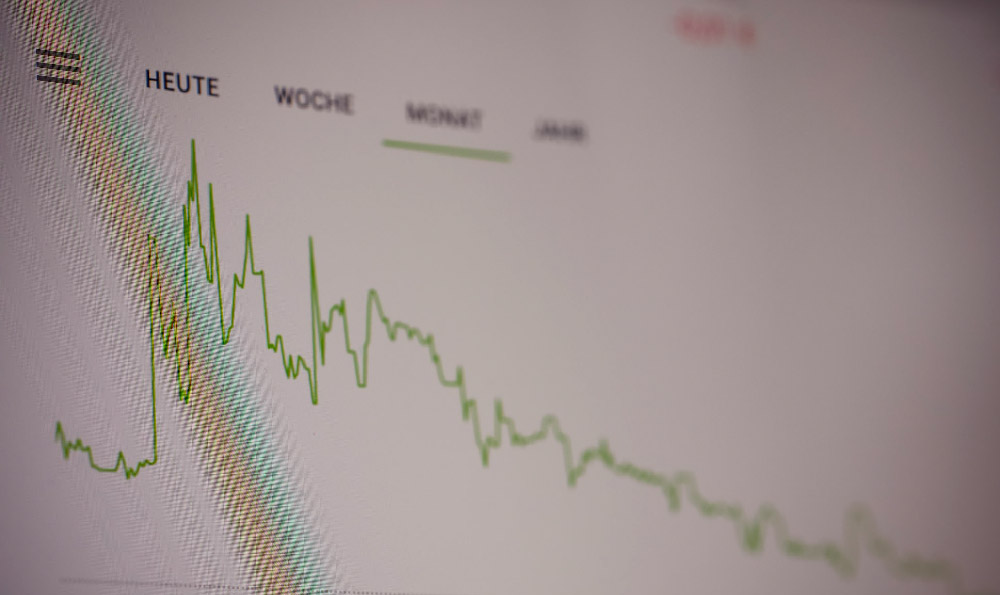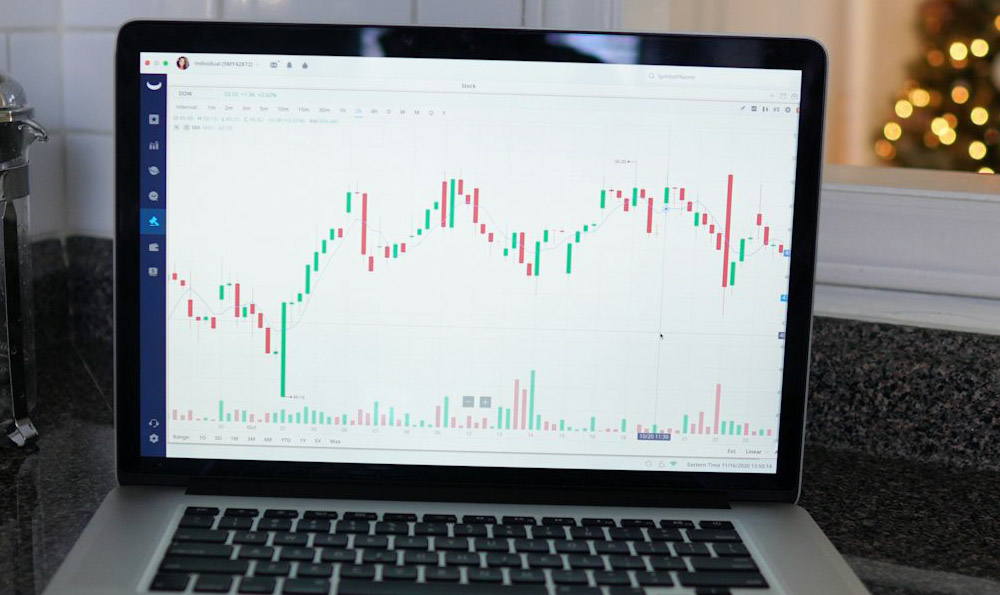North Korea’s Economic Sources and Income Revenue Streams in a Complex Global Context
North Korea, officially known as the Democratic People’s Republic of Korea (DPRK), presents a unique case of economic resilience and adaptation despite its international isolation. The nation’s economy, shaped by geopolitical tensions, sanctions, and stringent domestic policies, relies on a complex web of state-controlled systems and unconventional revenue mechanisms. Understanding these sources is critical for analyzing the country’s economic dynamics, assessing its potential for financial innovation, and recognizing the broader implications for global markets. While traditional economic models often overlook the role of illicit activities and digital assets in North Korea’s income generation, a holistic view reveals a multifaceted approach that balances necessity with strategic allocation of resources.
At the core of North Korea’s economic framework are its natural resources, primarily coal, iron ore, and gold. These commodities form the backbone of the state’s export strategy, with coal and iron ore being the most significant contributors to its foreign exchange reserves. The country’s mountainous terrain and geology provide an ample supply of these materials, which are extracted through state-owned enterprises. Gold, although not as abundant as some might assume, has historically been a key export, often smuggled through unofficial channels to circumvent strict trade embargoes. The extraction and export of these resources not only support the government’s funding needs but also play a role in maintaining its infrastructure and military expenditures.
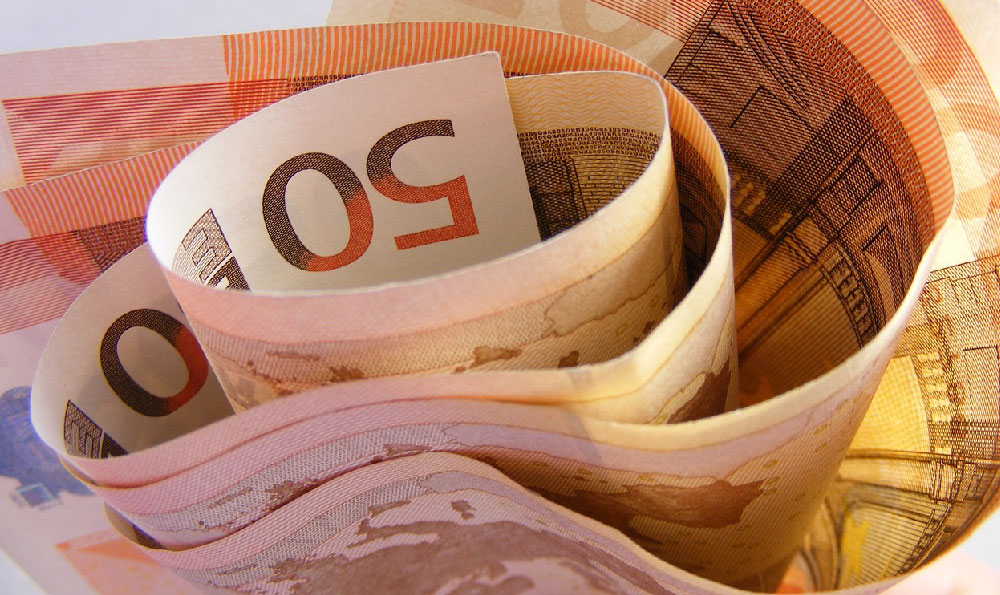
In addition to natural resources, North Korea’s agricultural sector remains a vital component of its economy, particularly in meeting domestic food requirements. The country faces challenges such as limited arable land and harsh climate conditions, yet it has developed a system of collective farming that prioritizes state-cultivated crops. Staple foods like corn and rice are produced in large quantities to sustain the population, while high-value crops are exported to generate income. Agricultural production is often bolstered by state subsidies and importation of fertilizers and seeds, which ensures some level of self-sufficiency despite external restrictions. The sector also serves as a buffer against economic instability, providing a stable base of goods that can be distributed or sold in times of crisis.
The industrial sector of North Korea is another pillar of its economic strategy, albeit one that operates under significant constraints. The country has focused on heavy industries such as steel, machinery, and textiles, aiming to build a self-reliant economy. Historically, North Korea was one of the world’s leading producers of steel, a legacy that has partially carried over to the present. However, the dependency on outdated technology and a lack of access to global supply chains have limited the sector’s growth. The government has encouraged some level of industrial development, particularly in areas like military equipment and consumer goods, to meet domestic demand and support its strategic goals. This approach, while resource-intensive, allows for a degree of economic autonomy in the face of international sanctions.
Beyond traditional economic sectors, North Korea’s engagement with illicit activities and alternative financial systems has played a notable role in its revenue generation. Reports suggest that the country has been involved in activities such as counterfeiting currency, narcotics trafficking, and cybercrime, which provide unregulated income streams. These activities are often conducted through networks of agents and intermediaries operating outside the country’s borders, allowing North Korea to bypass direct economic restrictions. The government’s ability to leverage these illicit channels highlights its adaptability and the persistent loopholes in global enforcement mechanisms. While these practices are controversial and subject to scrutiny, they underscore the economic constraints faced by the nation and its resourcefulness in navigating them.
In recent years, the potential influence of digital assets on North Korea’s economic landscape has garnered attention, albeit with limited transparency. Unlike many nations that have embraced blockchain technology for financial innovation, North Korea’s approach remains fragmented and cautious. Some analyses indicate that the country may have explored the use of cryptocurrencies for bypassing sanctions, although such efforts have been largely covert and dependent on third-party exchanges. The government’s focus on securing its financial reserves through unconventional means suggests a growing awareness of the role that digital currencies could play in its economic strategy. However, these possibilities remain speculative, given the lack of confirmed information about North Korea’s involvement in the cryptocurrency market.
The economic structure of North Korea is also influenced by its dependence on external aid and remittances. Despite its self-proclaimed policy of self-reliance, the country’s economy is partially sustained by food and humanitarian assistance from foreign governments, as well as informal remittances sent by North Koreans living abroad. These inflows, though modest, provide a critical lifeline in maintaining the standard of living and supporting economic activities that thrive on the margins of the formal economy. The government’s coordination with international donors and its management of remittance flows reveal a strategic balance between autonomy and necessity.
Moreover, North Korea’s youth demographics and human capital offer an untapped potential for economic growth. The country has a relatively young population, with a significant portion of its citizens under the age of 30. This demographic advantage could, in theory, drive innovation and productivity if integrated into the economic system. However, current practices are hindered by restricted access to global education and technology, which limits the development of skilled labor. The government’s focus on ideological and military training, rather than economic education, suggests a lack of prioritization for long-term economic development.
In conclusion, North Korea’s economic sources and revenue streams reflect a blend of natural resource extraction, state-controlled industries, and unregulated activities that have helped sustain its economy. While the nation’s foray into digital currencies remains unclear, the broader economic panorama highlights the need for strategic planning and adaptability. Understanding these dynamics provides valuable insights into the challenges and opportunities that shape North Korea’s financial landscape, while also emphasizing the importance of global cooperation in addressing economic disparities and ensuring secure financial systems for all nations.


